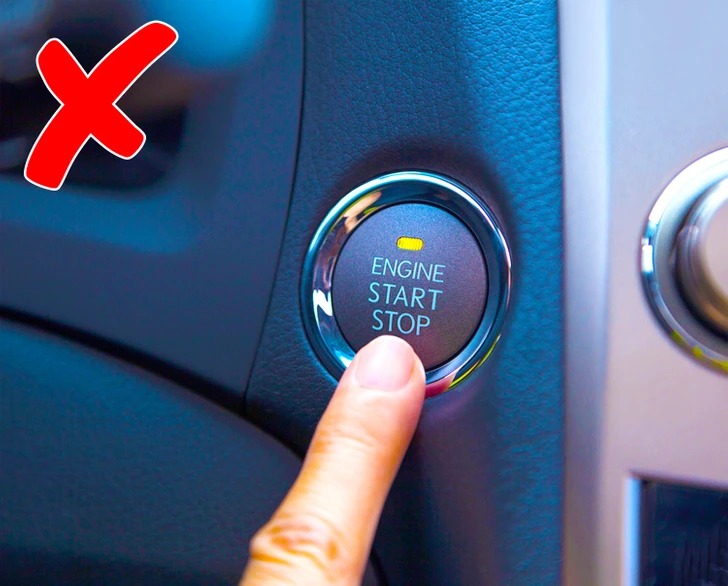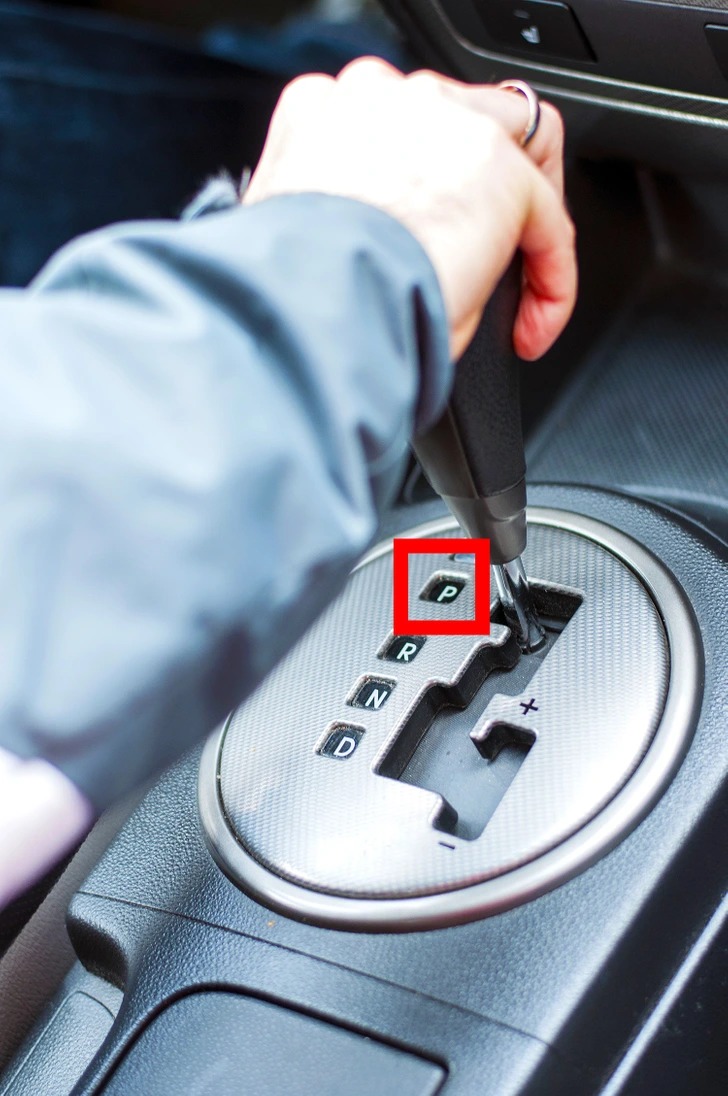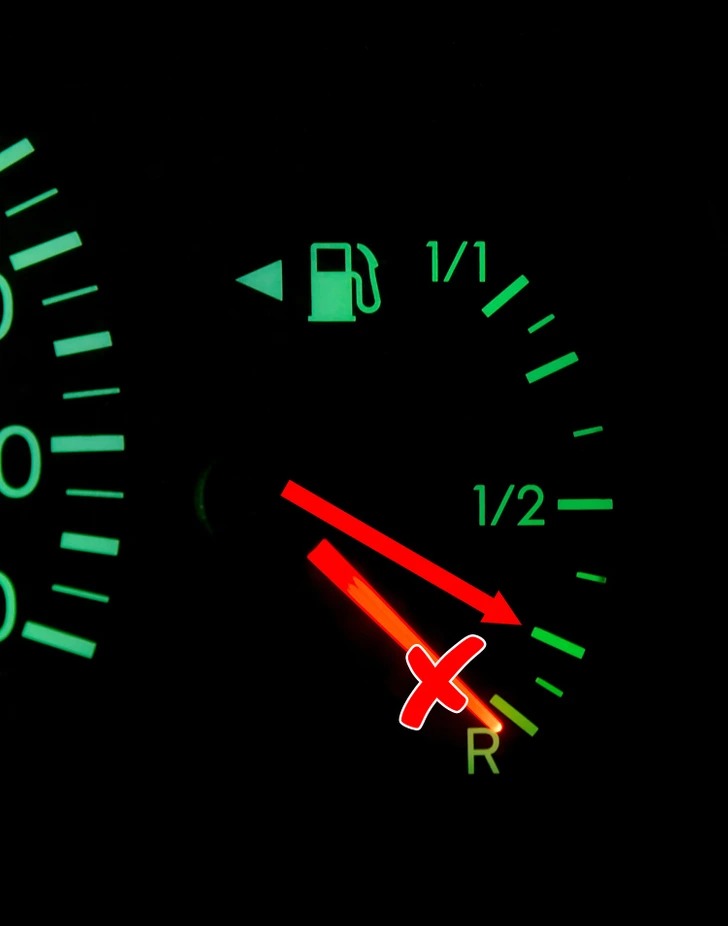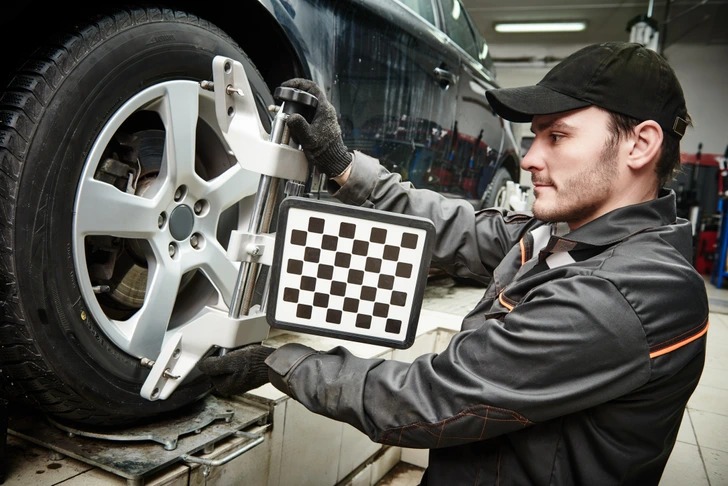Modern cars come equipped with numerous safety features and onboard computers that ensure everything runs smoothly. These systems can block conflicting commands and alert drivers to potential issues. However, there are still some things you should avoid doing.
Here are a few key things you should NOT do with your car:
1. Don’t press “off engine” while driving

If you accidentally turn off the engine while driving at a reasonably high speed, nothing catastrophic will happen—modern cars have safety measures to prevent major issues. However, it’s best to avoid doing this altogether.
2. Don’t select “reverse” while driving

Another thing to avoid is selecting “Reverse” while the car is moving forward. Most modern vehicles have computerized systems that will ignore this command, but it’s still not advisable to attempt it.
3. Don’t select “park” while driving

Never try shifting into “Park” while driving. The car’s computer will block this command for safety reasons, but forcing conflicting instructions may eventually cause damage to the vehicle.
4. Don’t attach too many keys to the ignition key

A heavy keyring with too many keys can put excessive strain on the ignition switch, potentially leading to long-term damage. Keep only the essential keys on your car keyring.
5. Change the oil regularly

Follow the manufacturer’s recommendations regarding oil change intervals—these guidelines exist for a reason. This is especially crucial for brand-new cars, as some manufacturers use very thin oil at the factory, which MUST be changed after approximately 1,000 km.
6. Don’t overfill the engine

Your engine has a dipstick with a marked “full” level. Only fill the oil up to this point—do not overfill it as if it were a water bottle. Overfilling can cause serious engine failure and excessive smoke.
7. Don’t wait until the fuel tank is empty

Even the cleanest fuel contains small particles that settle at the bottom of the tank. Running on very low fuel can cause these residues to get sucked into the engine, potentially leading to damage. As a general rule, try to refill your fuel tank when it reaches about one-quarter full.
Additionally, fuel pumps function best when they are fully submerged.
8. Don’t ignore warning signs

Different cars may have different warning light symbols, but they generally follow a color-coded system:
- Green (or sometimes blue) indicates that a system is active.
- Yellow usually means something needs to be checked or serviced.
- Red signals a serious issue, meaning you should stop driving as soon as possible, as the car may be unsafe to operate.
If a warning light appears on your dashboard, do not ignore it—consult a mechanic as soon as possible.
9. Tires — check pressure

Make it a habit to check your tire pressure from time to time. If you can feel that a tire is low, it has likely been underinflated for a while. Driving with improperly inflated tires is unsafe and causes excessive tire wear.
10. Wheels — check balance

If you hit a curb (let’s be honest, it happens to all of us), take your car to a workshop and have the mechanics check the wheel balance and alignment. Misaligned wheels can reduce your control over the car, posing a safety risk. It’s always better to be safe than sorry.
If you think we missed something important, feel free to share it in the comments. Also, don’t forget to share this article with your friends so we can all drive safely!
Source: brightside.me
